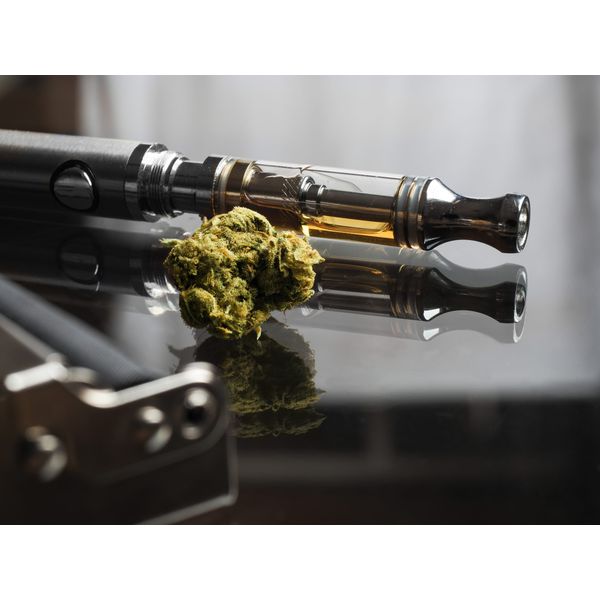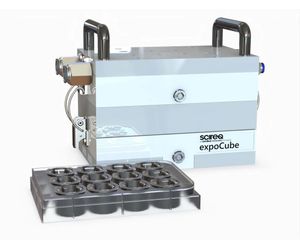

- Home
- Companies
- SCIREQ - an emka TECHNOLOGIES Company
- Articles
- The Impact of Cannabis Vapor on the ...
The Impact of Cannabis Vapor on the Lungs and What We Learn from the Right Model
As cannabis use increases, so does the availability of products marketed as safe alternatives to smoking. One of these products is the dry herb vaporizer, which heats the cannabis flower without burning it. This process releases cannabinoids for inhalation. But how safe are these products? In a recent study, Wilson et al. examined the effects of dry herb cannabis vapor on lung epithelial cells, which are among the first cells exposed to the compounds we inhale. Understanding the effects of these products is crucial, but equally important is how we study them.

Traditionally, inhalation toxicologists have used submerged cell cultures, where cells grow in a dish covered with liquid media. However, in the lungs, epithelial cells are exposed to air, not liquid. To better replicate real lung conditions, scientists developed air-liquid interface (ALI) cultures, in which cells grow on a membrane with liquid media beneath them and air above them.
Complex inhaled materials like smoke and vapor have often been studied by creating extracts, usually by bubbling the products through an ethanolic solvent. This allows for the capture of hydrophilic and hydrophobic compounds but comes at the cost of diminished bioavailability and potential artifacts.
These factors are essential for researchers to consider when designing experiments. With that in mind, this study asked two key questions: Does the choice of cell culture and exposure method impact results? And what are the effects of cannabis vapor on epithelial cells?
To find out, the study compared three models of cannabis vapor exposure:
- Submerged cultures treated with a cannabis vapor extract
- ALI cultures treated with a cannabis vapor extract (termed pseudo-ALI)
- ALI cultures treated with whole cannabis vapor using the expoCube™ system

A key finding was that ALI cultures more accurately model real lung epithelial cells, even when using a common lab cell line (A549). ALI-grown cells showed increased activity in genes responsible for surfactant production, ion transport, and barrier integrity, which makes this culture condition a more physiologically relevant model.
The researchers also found differences in how cell in each model responded to cannabis vapor. Submerged cultures exhibited stronger inflammatory responses when exposed to cannabis vapor extract. These differences likely stem from submerged cells’ inability to produce surfactant, which helps protect them from environmental stimuli.
When the researchers exposed ALI cultures to whole cannabis vapor using the expoCube™ system, they observed activation of pathways related to cancer, oxidative stress, and metabolism. And in fact, across all three models, the most consistent consequences of cannabis vapor involved cell cycle regulation, oxidative stress, and metabolism; processes that, when disrupted, could create a pro-carcinogenic environment.
This study highlights two key points: ALI exposure models are superior for studying inhaled substances, and extracts can introduce vehicle effects that add noise and obscure results. With new vaping products constantly entering the market, it is crucial for researchers to employ the most advanced tools to accurately assess health risks and guide public health policies.
Wilson et al (2025) Transcriptomic changes in oxidative stress, immunity, and cancer pathways caused by cannabis vapor on alveolar epithelial cells https://doi.org/10.1007/s10565-025-09997-3
